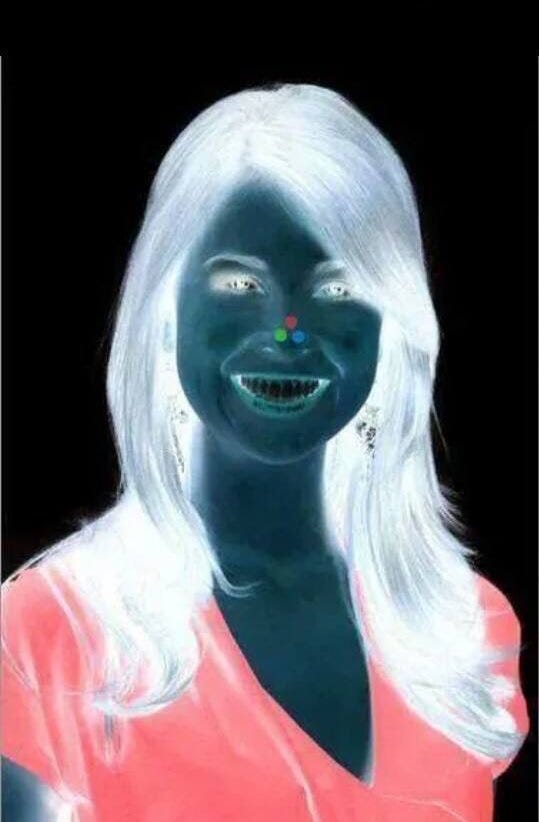12 Mind-Bending Illusions
Perceptual experience is a simulation - a mental model - which doesn’t always correspond to the reality it aims to depict
Everyone loves optical illusions. Most of us first encounter them as children, and are instantly hooked. And the fascination never really fades. Even the most jaded among us can’t help but enjoy a clever new perceptual illusion.
But illusions aren’t just entertaining distractions; they offer a profound glimpse into the workings of the mind. And they’re reminders of a fundamental truth about the human condition, namely that we don’t directly perceive the world outside ourselves. As I wrote in an article for Nautilus Magazine, “Perceptual experience is a simulation – a mental model – which doesn’t always correspond to the reality it aims to depict.”
In this post, I’ve put together a collection of some of the most mind-blowing, brain-twisting illusions out there. Hope you enjoy it!
1. The Power of Expectations
This first one is a great example of how expectations guide perception - a phenomenon psychologists call top-down processing.
We’re so used to letters and words falling in a particular order that, when they’re slightly jumbled, we often fail to notice. Instead of seeing what’s right in front of our eyes, we project our expectations onto the world. That’s why proofreading is so difficult.
2. Conjuring a Ghost
This is one of my all-time favorites. Stare at the red dot on the woman’s nose for 30 seconds, then look at an empty wall while blinking quickly. I promise it’s worth it...

Don’t worry; the effect won’t last forever! What you’re seeing is a negative afterimage. When we focus on the same stimulus for an extended period, our retinas stop reacting to the colors in the stimulus. When we then look at a blank surface, our retinas continue not reacting for a while - and as a result, we “see” the complementary colors: Black becomes white, red becomes green, and blue turns into yellow.



